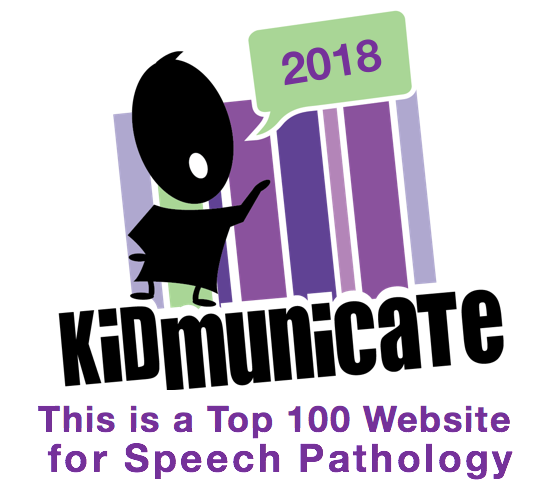I like icons.
I think it is one of the things that we all like about the iPad. App icons have a visual appeal that tends to stick with us, and we sometimes even look more closely at an app and consider buying it because of the icon. At least I do. It's like app fashion.
So, for a long time I resisted any significant use of folders on my iPad screens, and as a result, my iPad(s) became a total hot mess.
The issue is that you have a maximum of 11 screens of icons that will be displayed on your iPad. As you may know, this does not mean that you can only install 220 apps on your device. The number of apps you can install is completely dependent on the capacity of your iPad (16, 32*, 64 and now 128G), the size of the apps you install and whether you also have a lot of photos, video or music on the device.
So, as you fill up those screens and enjoy the bright icons, you can always rely on the
Spotlight search to help you find an app, which is what I did for some time. However, once the 11 screens are filled, it can get a bit dodgy. Apps will still install of course (if you have space), but you will maybe forget that they are there. When you do what I do, you have a lot of apps on hand, but even for the less insane people, we should try not to forget about relevant clinical tools that can become hidden in the netherspace of our iPad's brain (but are still searchable in Spotlight and
listed in your Usage/Storage area of Settings).
I finally had to embrace folders in order to feel I had a better sense of my catalogue. There is a way to arrange all of your app screens, including the netherspace apps,
by connecting to iTunes and clicking and dragging them all around from these grayed-out netherspace screens, but I found that cumbersome. Which is probably why I avoided the task for so long.
So here's what you do if you have a hot mess iPad with 11 full screens:
1. Take a look at your screens and start to conceptualize what your schema for categorizing them will be. You are an SLP (probably, if you are reading this), so you should be good at this. Keep in mind you can always change it up.
2.
Start putting apps in folders. Succinct naming of folders is important, as folder names can only be so long before they get truncated in their center. So, your attempt to name a folder "Apps I like to use during 4th block" will result in a folder that actually is labeled as such:
3. Move each folder to screen 1 or 2 of the iPad and organize the folders alphabetically. This really helped me begin to process the overwhelmingness of it all.
4. If you have pretty broad categories, remember that each folder only holds 20 app icons. No biggie, just add a 2 for the next one, 3 if you need another, though if you go beyond that you might want to consider more specific subcategories!
5. Soon you will start having empty space on your screens, because you have categorized many apps. How do you get the apps from the netherspace to show up?
RESTART your iPad and they will pop up in the empty spaces! I did not know this! It was a glorious revelation.
6. Repeat until your iPad is much less crazy-making.
I have come to accept folders and realize that they facilitate my Zen, going from 11 screens of this kind of nonsense:
To this:
...which probably could be improved, but is much better and more of an example to the groups of people I work with on iPadness. AND, when you tap on a folder, you can still admire the icons inside.
As a side note- since I have a backup iPad for presentations, once Alpha iPad was pretty much set, I backed it up to iTunes by plugging it in to my Mac. I then plugged Beta iPad in and restored it from the iTunes backup of Alpha iPad.
Note: if you do this, you will lose data stored in apps and photos etc. on the iPad you are wiping and restoring, so don't do that if it matters to you. Also, all the apps didn't come over for some reason, but the folders did, so that was great.
For some great posts on foldering, see
Consonantly Speaking.
*If you are tempted to ask me which size iPad to buy, fair question. I'd recommend at least a 32G at this point. You will fill your 16G rather quickly, and there is no way to add memory to an iPad.
Megan Sutton wrote more about this recently.










.PNG)









